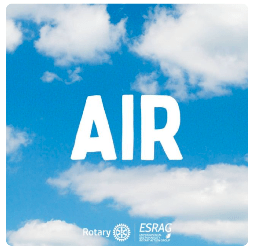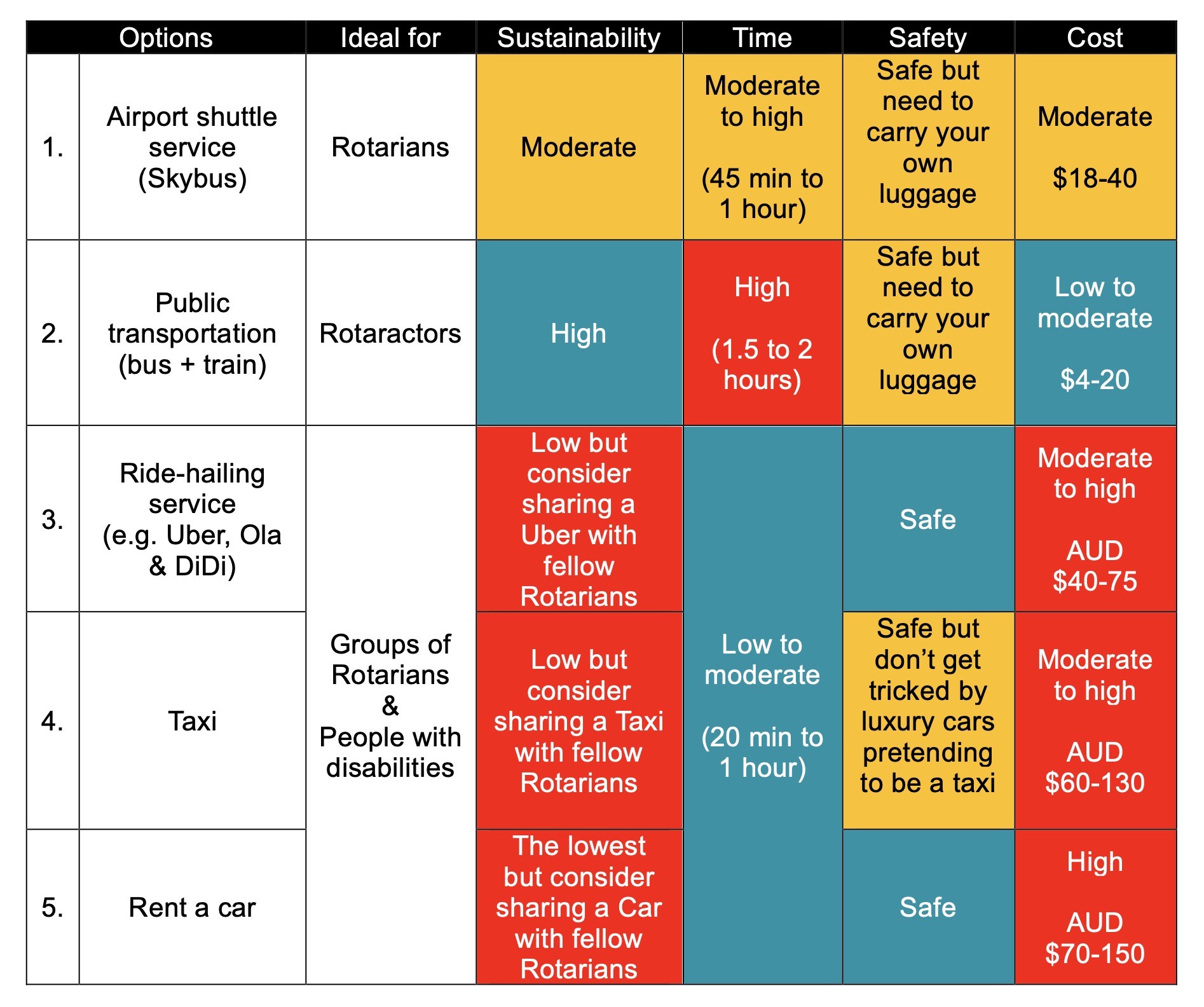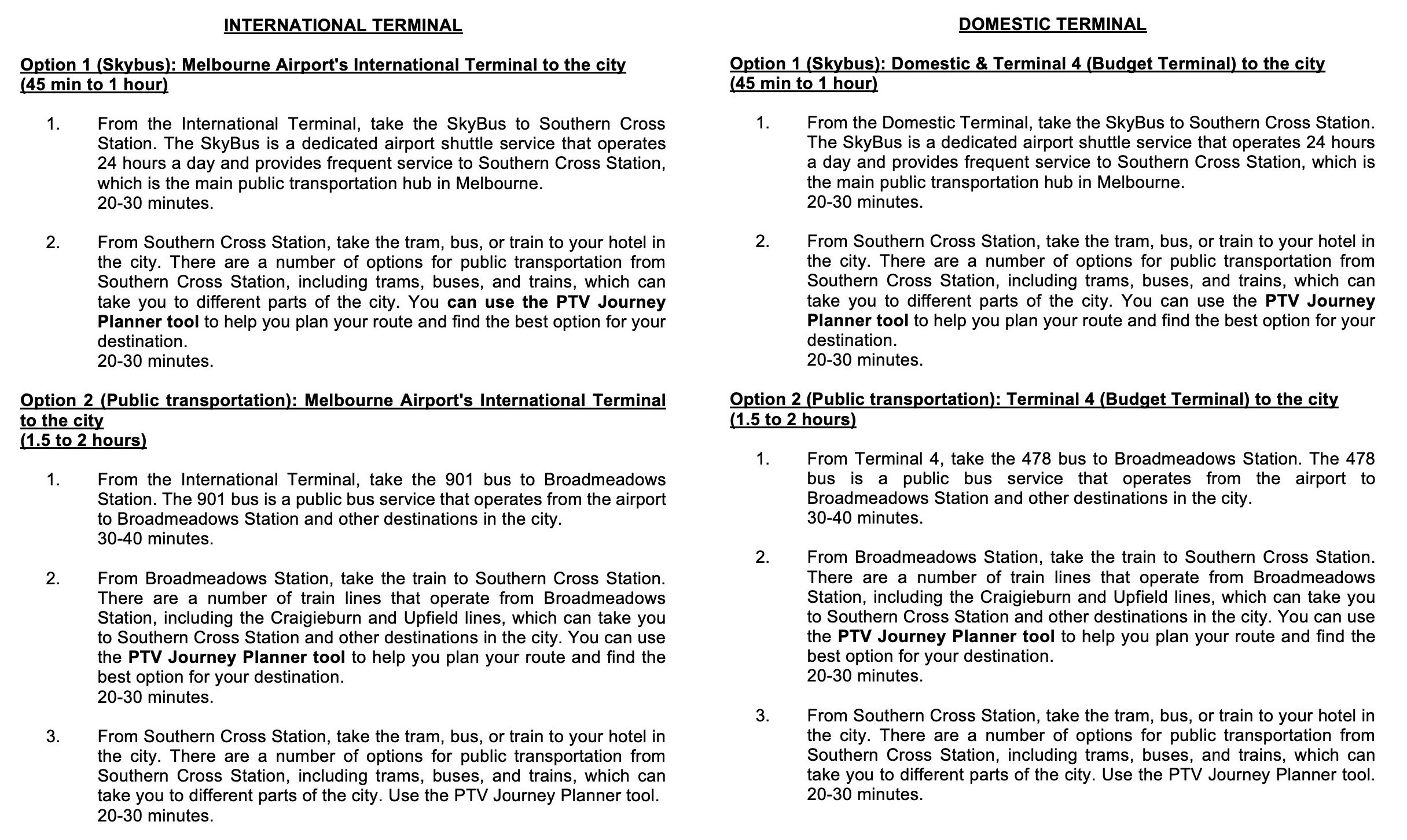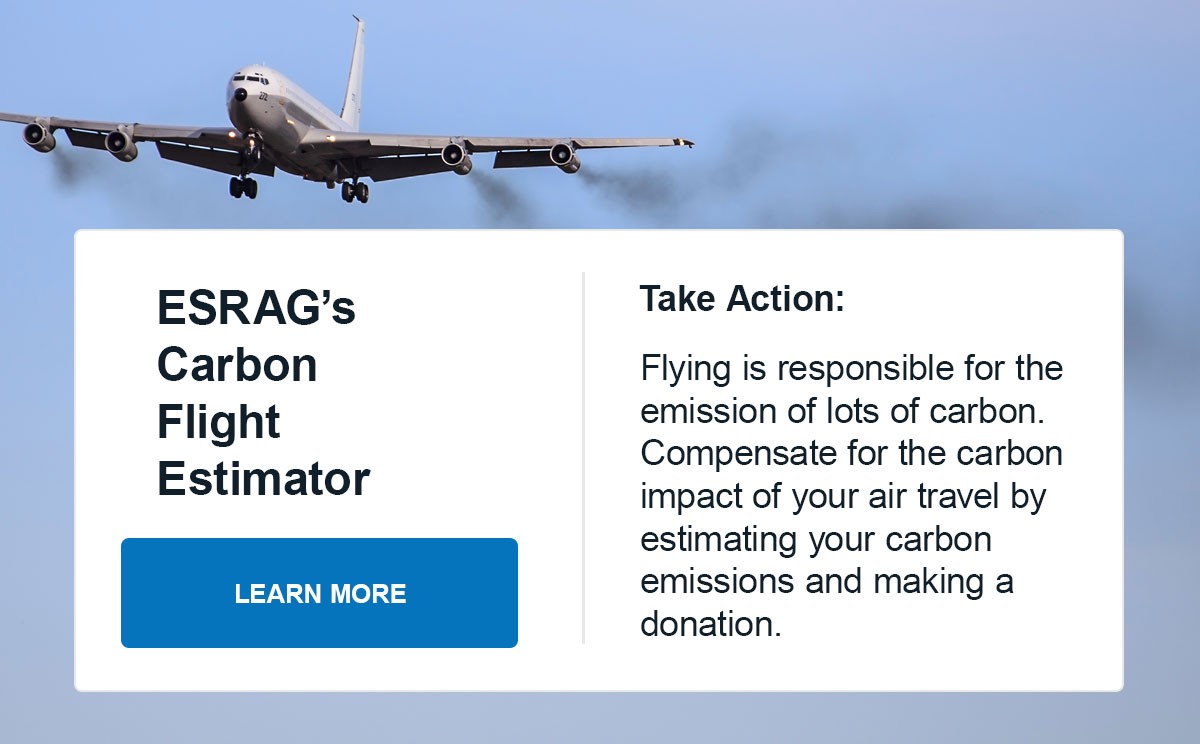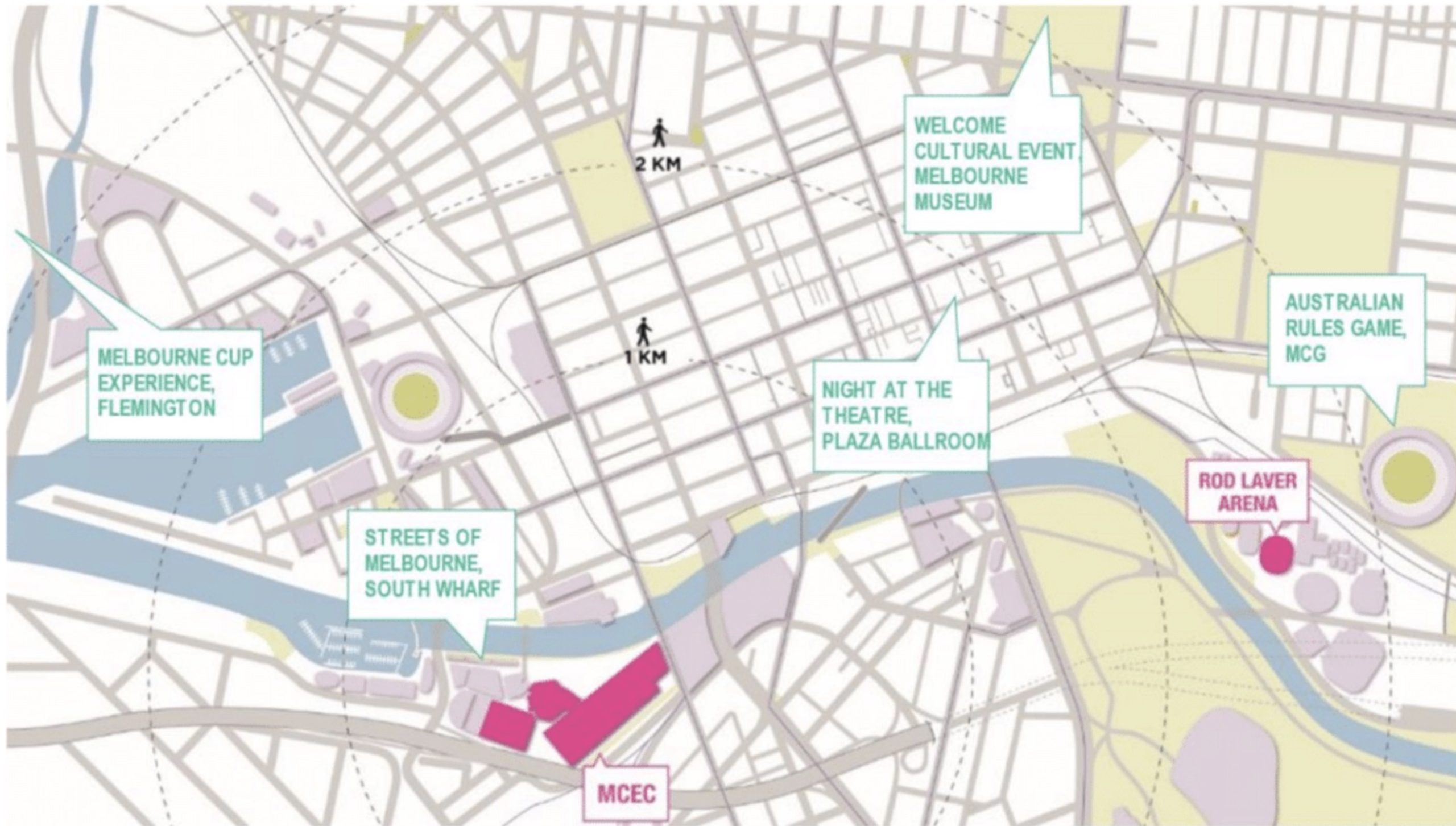RICON
Sustainable Transport
Free trains, trams & buses
Skip taxis and travel sustainably
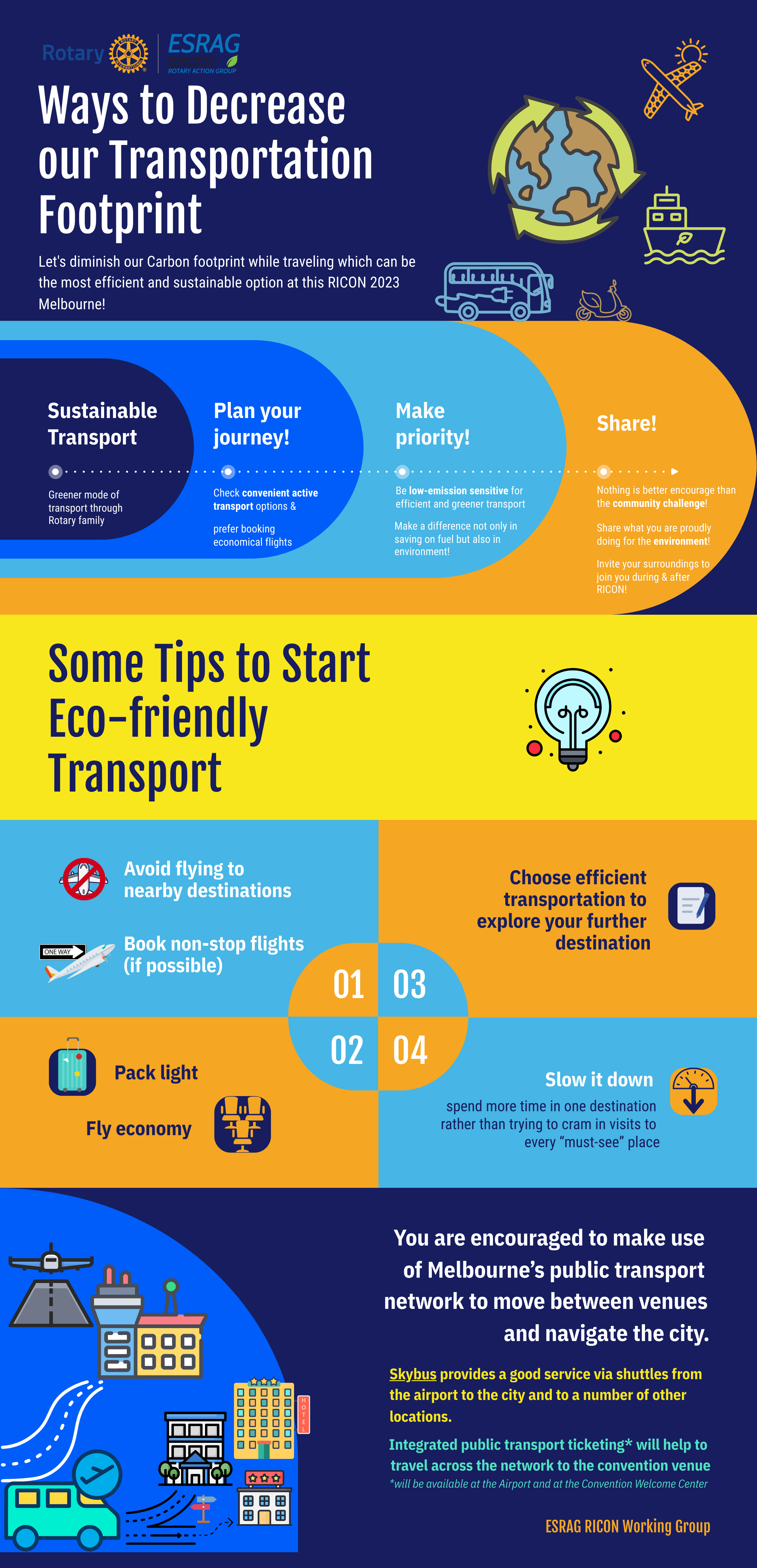

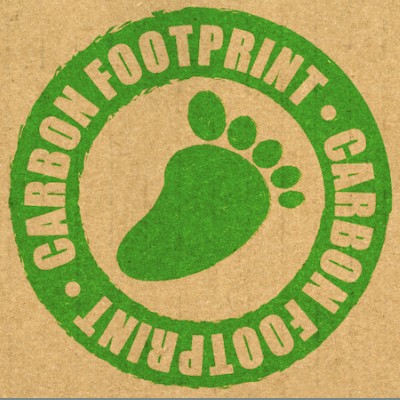
Melbourne transport unique in the world
Melbourne is also home to the largest operational urban tram network in the world, with a total of 250 kilometres (155 miles) of tracks and more than 1,800 trams in operation. The Melbourne tram network is considered a sustainable transportation option for a number of reasons:
- Trams are powered by electricity, they produce significantly lower carbon emissions compared to other modes of transportation, such as cars and buses. They also have a high capacity and can carry a large number of passengers at once, it helps to reduce the number of vehicles on the road and decrease congestion.
- The Melbourne tram network has a long history, with the first trams operating in the city in 1885. The network is constantly expanding and modernizing, with new trams and infrastructure being added on a regular basis.
- The Melbourne tram network is a key part of the city’s public transportation system and an important contributor to its sustainability. It provides a convenient and environmentally-friendly transportation option for millions of people in the city.

Sustainable Transportation Melbourne has a number of initiatives to promote sustainable transportation in the city. Some of the key features of Melbourne’s sustainable transportation system including:
- Extensive public transportation network: Melbourne has an extensive public transportation network, including trains, buses, and trams, which helps to reduce the city’s carbon footprint and improve air quality by reducing the number of cars on the road.
- Bike-sharing program: Melbourne has a bike-sharing program called Melbourne Bike Share, which provides bike-sharing stations throughout the city. This encourages the use of alternative modes of transportation, such as biking, which can help to reduce air pollution and improve public health.
- Support for electric vehicles: Melbourne has a number of initiatives in place to support the use of electric vehicles, including the installation of electric vehicle charging stations throughout the city.
- Promoting sustainable transportation options: Melbourne promotes the use of sustainable transportation options, such as public transportation and alternative modes of transportation, through a range of initiatives, including educational campaigns and incentives for businesses and organizations to adopt sustainable transportation practices.
- Melbourne is committed to promoting sustainable transportation options in the city, which helps to reduce the city’s carbon footprint and improve air quality. The tram system in Melbourne is considered a very sustainable mode of transportation for a number of reasons.
6. Low carbon emissions: Trams are powered by electricity, which means they produce significantly lower carbon emissions compared to other modes of transportation, such as cars and buses. This helps to reduce the city’s overall carbon footprint and improve air quality.
- High capacity: Trams have a high capacity and can carry a large number of passengers at once, which helps to reduce the number of vehicles on the road and decrease congestion.
- Energy efficiency: Trams are energy-efficient compared to other modes of transportation, as they use less energy per passenger mile. This helps to reduce energy consumption and costs.
- Longevity: Trams have a long lifespan and can be used for many years, which makes them a more sustainable transportation option compared to other modes of transportation that need to be replaced more frequently.
- Infrastructure: The infrastructure required for trams, such as tracks and overhead wires, is relatively simple and requires minimal maintenance, which makes the tram system a more sustainable transportation option compared to other modes of transportation that require more complex and expensive infrastructure.
- The tram system in Melbourne is a very sustainable mode of transportation that helps to reduce carbon emissions, improve air quality, and reduce congestion in the city.
Stay up to date.
Sign up for monthly updates from ESRAG to
get the latest news straight to your inbox.
Follow us & join the conversation.
#IFixThePlanet
